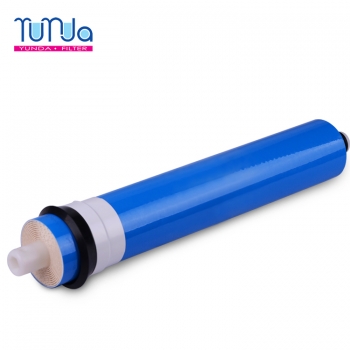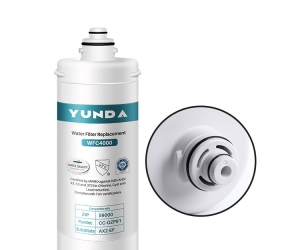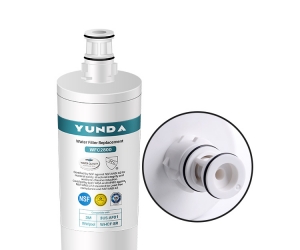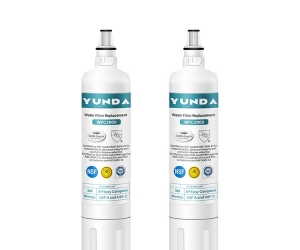Reverse osmosis membrane is the core element of realizing reverse osmosis water filter, and it is an artificial semi-permeable membrane with certain characteristics made by simulating biological semi-permeable membrane.
RO membranes are generally made of polymer materials. Such as cellulose acetate film, aromatic polyhydrazide film, aromatic polyamide film. The diameter of the micropores on the surface of the RO membrane is generally between 0.5 and 10 nm, and the permeability is related to the chemical structure of the membrane itself. Some polymer materials have good salt repellency, but the water penetration rate is not good. Some polymer materials have more hydrophilic groups in their chemical structure, so the water penetration rate is relatively fast. Therefore, a satisfactory reverse osmosis membrane should have an appropriate penetration or desalination rate.

RO membrane should have the following characteristics:
1. It should have a high efficiency of desalination at high flow rates.
2. It has high mechanical strength and service life.
3. Can function under lower operating pressure.
4. Can withstand the influence of chemical or biochemical effects.
5. It is less affected by factors such as pH value and temperature.
6. The raw materials for film making are easy to source, easy to process and low in cost.
There are two types of RO membrane structures: asymmetric membrane and homogeneous membrane. The membrane materials currently used in ro machines are mainly cellulose acetate and aromatic polyamides. Its components include hollow fiber, coil, plate and frame and tube. It can be used for separation, concentration, purification and other chemical unit operations, mainly used in pure water preparation and water treatment industries.




